To be successful, mining companies have to manage risk under conditions where risk is not static and can emerge through the actions of the company itself, its suppliers and other actors, including the local and wider communities.
The uncertainty and unpredictability of risk is exacerbated by human behaviour, so in the ‘social' context, understanding this risk must include recognition of, and engagement with, stakeholder behaviour. Indeed, this is one of the main reasons that ‘social' has been considered intangible and difficult to measure.
But, as with extreme weather events and natural hazards, just because we can't predict them with any certainty doesn't mean we can't mitigate, prepare for, and adapt to the realisation of risk.
Good management of social risk focusses on identification, mitigation and adaptation in a dynamic context, underpinned by establishing, building and nurturing strong dialogue and relationships with stakeholders - both internal and external - and the wider community.
There was a time when the ‘social' components of risk were only considered once boots hit the ground, when the political, technical, financial and environmental issues had been identified and measures in place to address them. This time has passed, but mining companies still grapple with how, when and even why to address social risk directly.
The concept of business contribution to society is being reframed, moving us beyond the traditions of ‘CSR', certainly in sectors - somewhat more progressive - outside mining. We know that society is calling for a net-positive contribution from the mining sector over the long term, and there is increased focus on partnerships for socioeconomic development, social investment philanthropy, and socioeconomic benefit sharing to provide tangible social returns.
We have to look afresh at the wider social context and identify possibilities for building relationships with local, regional and national communities, stakeholders, along with processes that are more likely to sustain the industry in the longer term. This involves capacity building, regional integration, and alignment with the broader sustainability agenda.
Our view is that greater benefits in risk management will come to those who dare to seek partnerships in development of projects at regional scales across the industry; as a result, social risks can be reduced and shared.
Gaining and maintaining social licence
We know all about social licence, nowadays. But what matters is that we understand how we secured it and then how to keep it.
An emerging area of risk is the loss of social licence. Keeping up with the pace of change in perceptions, particularly through social media can seem daunting, but it reinforces the need to maintain strong dialogue and relationships. And, when things do go wrong, we still have to be awake to consider the political and governance context (legal, administrative, procedural) and the chances of resolution and/or escalation.
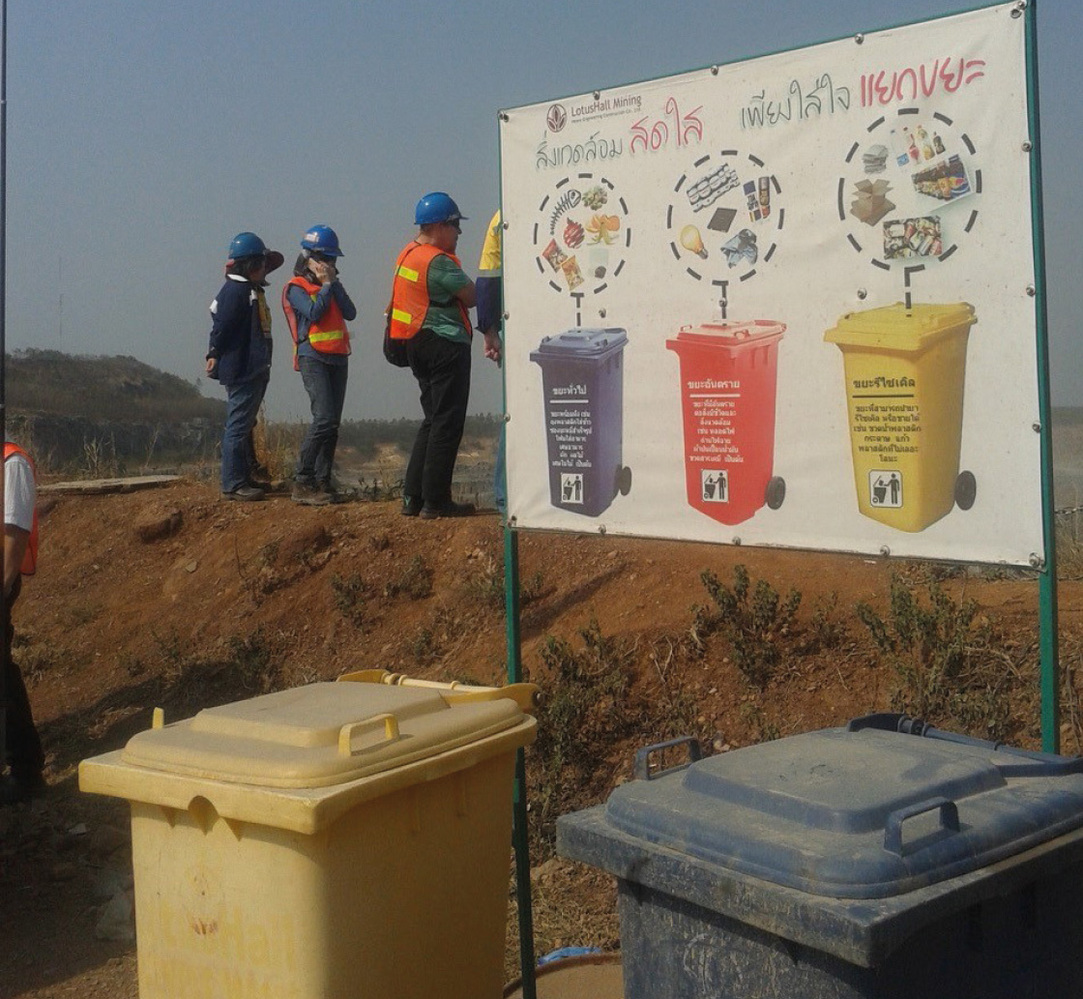
Some issues also straddle legal and reputational risks - for example, forced labour in supply chains - and allegations of misconduct present legal risks, serious threats to brand and company reputation, as well as to social licence at the local level.
At the centre of this issue is the management of stakeholder relationships. Wide experience exists in stakeholders identification, mapping and analysis. Key to successful and meaningful work with stakeholders is real-time understanding, engagement and dialogue.
Stakeholder engagement is too often outsourced and disconnected from the people doing and living with mining, at all stages. People in communities aren't stupid: they know when they're being ignored. And depending on the cultural expectations and level of empowerment of local people, they will find ways to make their voices heard.
So, mining companies need to be bold and to step into this space and take the lead. Doing so enhances the potential for controlling risk.
Defining and contextualising risks
Over the past years we have seen increasing emphasis on ‘human rights'. We are told "... global markets must respond to the collapse in public trust. Putting human rights ... at the core of business practice is a powerful tool to build more inclusive economic growth and equality."
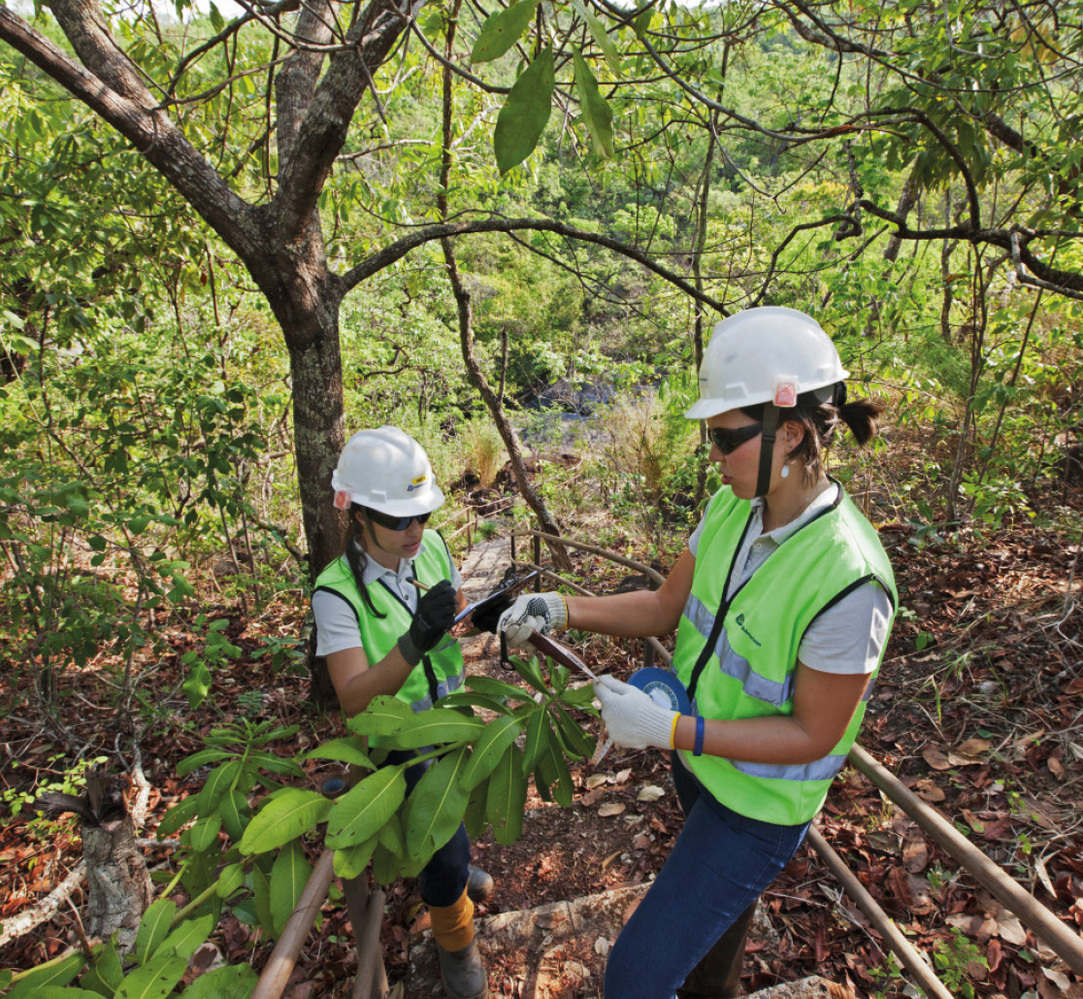
A lot of the work done on the CSR front is done well away from the mine site
External scrutiny is driving us to evolve approaches to alignment with the UNGPs2 and there are many opportunities to fall foul. Addressing this issue is not just a question of effective reporting but of better intra-company understanding of what ‘human rights' means for the business. Any industry that directly impacts local communities and the natural environment inherently impacts directly on human rights and as such, miners should be ahead of the curve.
Human rights due diligence (one measure of ‘good performance' in this sphere) requires direct engagement with stakeholders. This includes directly affected communities, labour unions, NGOs and civil society organisations.
Due diligence is mainly a procedural concept but the duty to respect requires companies to "look at a minimum to the international bill of human rights and the core conventions of the ILO" when determining the scope of their due diligence activities. Our communities are already on this journey and we need to join them. If we neglect this issue, we cannot hope to maintain trust through our stakeholder relationships.
Human rights are explicitly linked to rights to a decent livelihood and a clean, healthy environment. Therefore, the risks can be addressed as part of an approach to ensure environmental health; biodiversity maintenance and ecosystem services; livelihoods and land rights. This holistic approach aligns clearly with the concept of sustainability and hence to the Sustainable Development Goals.
We can consider linkages across environmental and social risks such as climate change (livelihoods), water (biodiversity, livelihoods), and air pollution (health). It is also an easy step to consider vulnerable groups, gender diversity and the FPIC agenda when linked to a rights-based approach to identifying, understanding and managing social issues and risks.
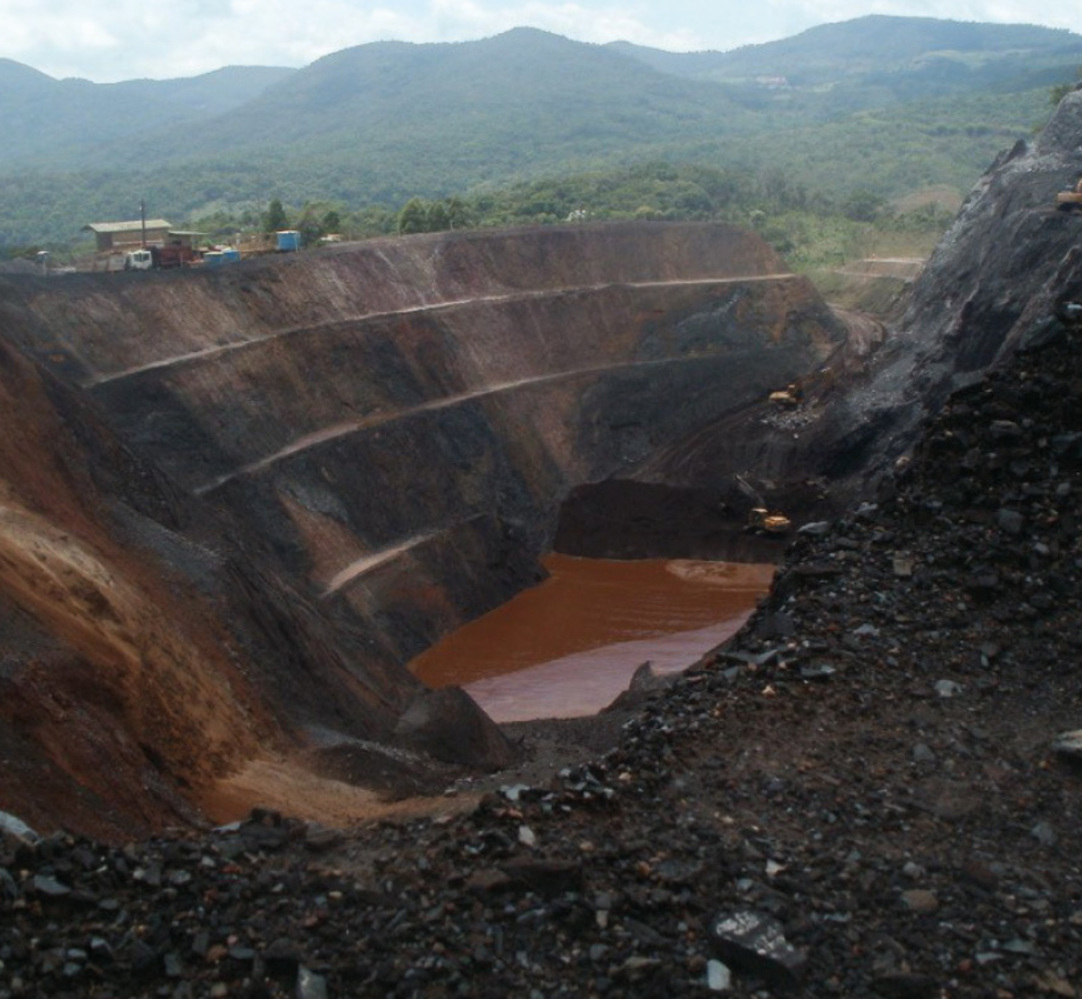

Labour and working conditions
Social risk lies within, as well as outside, our businesses. Traditionally addressed through health-safety-environment-security functions, companies are expected to address working conditions but also to understand and engage with broader concepts of labour rights and access to remedy, for workers and for their local communities.
In many cases, questions arise relating to what that looks like, how it should work, and who should benefit. There is also the challenge of gaining and maintaining a balanced perspective. The risk of strikes and delays is confounded, for example, when internal worker and external community grievances are one and the same.
ILO and World Bank standards provide a sound basis for setting our objectives here. Reporting benchmarks like the GRI demonstrate our risk management actions to our investment community.
The ILO focusses on four strategic objectives: employment, social protection, social dialogue, and the fundamental principles and rights at work which together are "inseparable, interrelated and mutually supportive". Using the SDG framework allows us to think about environmental and social principles in the same way and speeds the transition to coherent outcomes for sustainability.
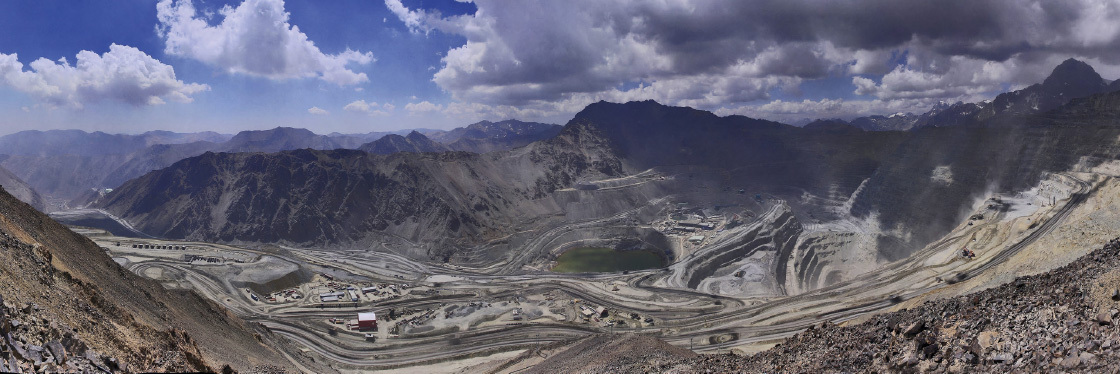
The physical impact of mining and how this is viewed by local communities cannot be underestimated
Scrutiny, transparency and accountability
Accountability comes with increasing visibility and scrutiny of mining companies. At international level, there are strong forces at work to drive transparency and accountability, such as the EITI. At regional and local levels, this is often delegated to ‘stakeholder' concerns but real accountability - both formal and informal - requires a concerted effort towards mutual understanding, together with a sustained approach to partnership and capacity building across the sector and its communities.
Civil society is increasingly sophisticated but we must not forget that despite the veil of social media and in some cases slick PR (on all sides), we are dealing with people, communities, livelihoods and their futures.
Particular sensitivities arise in fragile and conflict states. Here we must recognise the role that mining companies can play in supporting resolution and stability as well as exacerbating the potential for conflict. Linking with concepts of environmental peacebuilding, we can consider resource stability (access, livelihoods, land water) and risks of conflict - now and in the near future - relating to land rights, vulnerable groups, internal displacement, and trans-border migration.
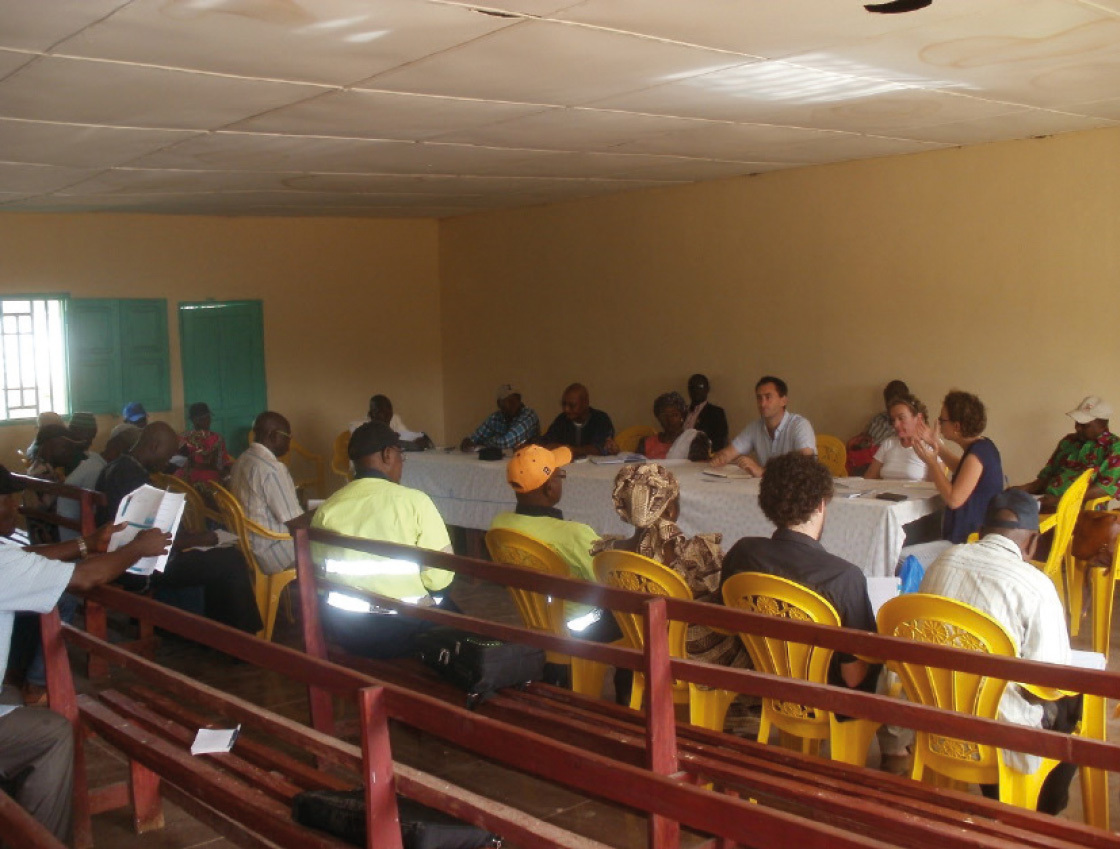
Keeping communities well informed about developments and planned CSR initiatives is vital for building local relationships
In such circumstances there is nothing more effective than local knowledge gained through active, field-truthed, social baseline, stakeholder engagement and ongoing relationship-building and maintenance.
Throughout the industry there is a wide range of positions and stated policies and views on each social risk issue mentioned above. But the direction of travel is the same: being ahead of the curve in the social space makes very good business sense, particularly from the risk-management perspective, simply because there is no going back.
By maintaining our focus on the people, not the tools, we are less likely to fail to recognise social risks, and more likely to succeed in the longer term, keeping social licence and contributing to sustainable development.
Companies must take an integrated approach to mine planning and management by blending social and environmental capabilities, working with stakeholder and technical teams from the earliest possible stage, thereby enhancing sustainability. Understanding the interrelatedness of risks and considering mechanisms to integrate social into EHS, security and governance is key.
This recognition of multiple interactions and ongoing attention to the dynamic social processes throughout the project lifecycle generates capacity to both minimise the risk of unforeseen events occurring and to enhance preparation for them.
Improving the initial business case, optimising productivity and managing costs are key objectives of all businesses, none more so than those looking to finance and develop the ‘stranded resources' throughout the world. Behre Dolbear brings hands-on, practical management experience to mineral, resource and infrastructure companies assisting them to realise their corporate objectives involving project development, investments, acquisitions or disposal of mineral properties.


























